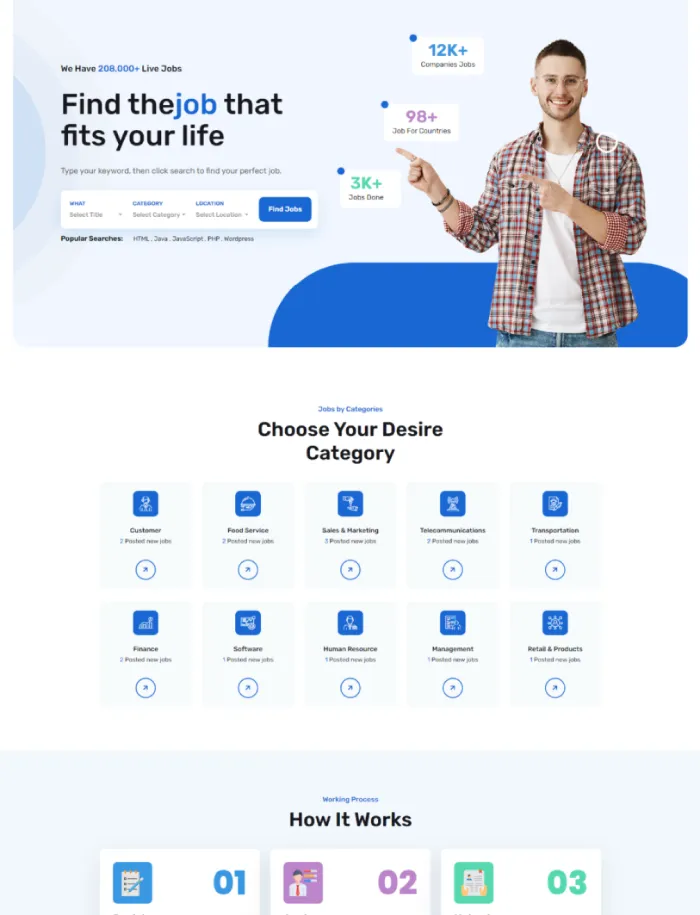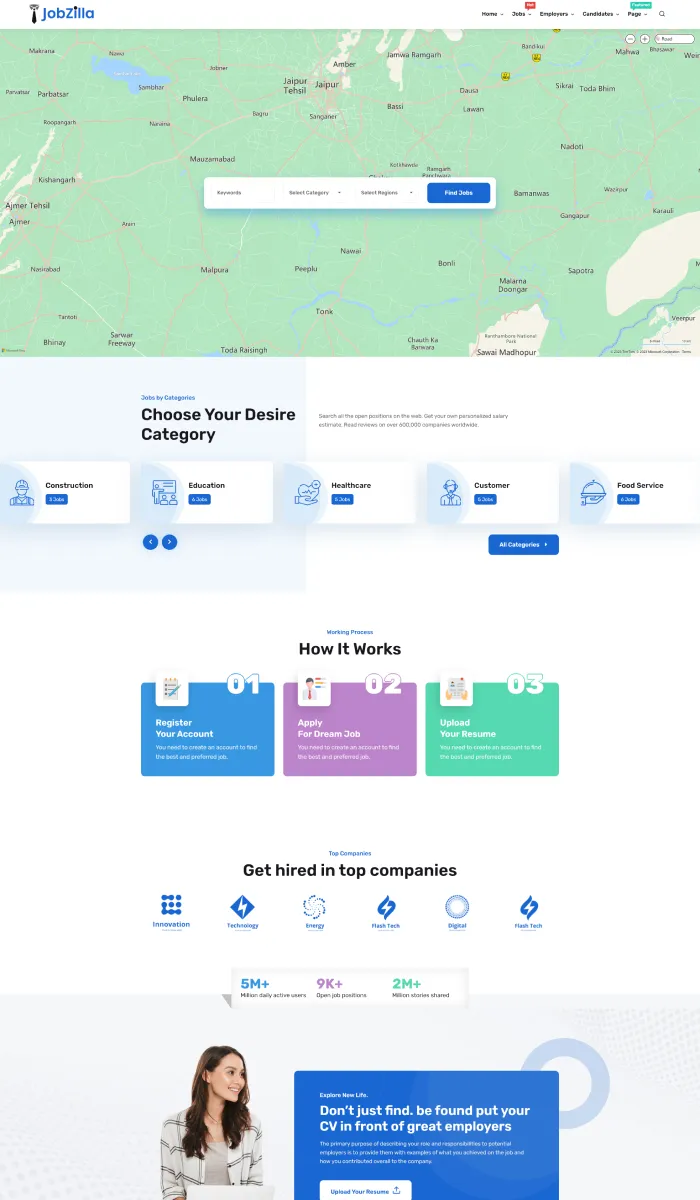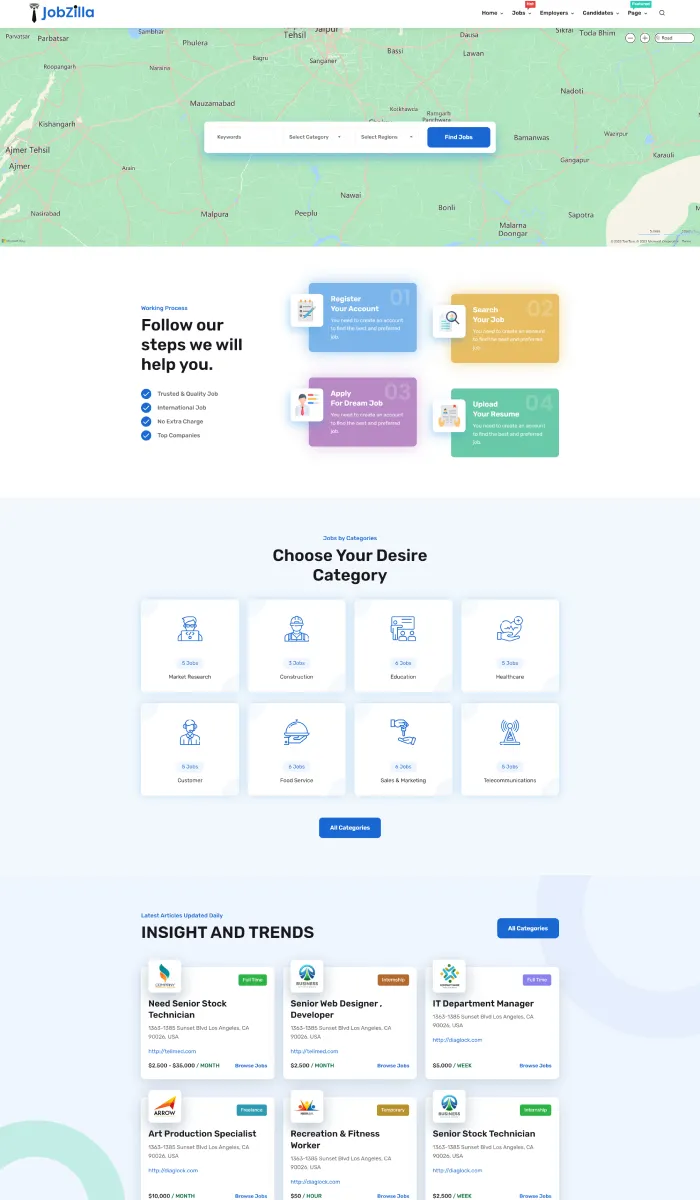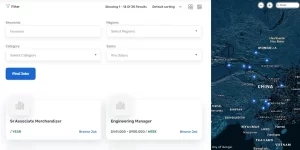The Chronometer: How Precision Brought Order to Daily Life
Timekeeping is far more than a technical skill—it is the invisible architecture shaping how we live, work, and relate to one another. At its heart lies the chronometer, a revolutionary device that transformed abstract time into precise, actionable intervals. From the bustling docks of the 18th century to the digital screens of today, the chronometer redefined human rhythm, turning fluid natural cycles into synchronized systems that govern modern society. Examining this innovation reveals not only technological progress but also profound cultural shifts in how we perceive, value, and manage time.
The Chronometer: From Technological Precision to Social Catalyst
Before the chronometer, time was measured by the sun’s path—an unpredictable guide for daily life. The invention of the mechanical chronometer in the 18th century marked a turning point: a portable, accurate timepiece capable of maintaining consistent intervals regardless of location or weather. Unlike earlier clocks, which only tracked time in broad strokes, the chronometer enabled **segmented, repeatable measurement**—a shift from event-based rhythms to structured schedules.
This precision became a **social catalyst**. Industries once dependent on daylight or seasonal cues now synchronized operations across regions. Railroads, for instance, adopted standardized timetables to coordinate train arrivals and departures, reducing chaos and increasing safety. The chronometer turned abstract hours into **shared, predictable units**—the foundation of modern labor and logistics.
From Synchronization to Structure: The Chronometer’s Impact on Routine
With mechanical accuracy came the standardization of time. Before chronometers, local solar time varied widely, making long-distance travel and communication unreliable. The chronometer allowed ships to fix longitude at sea, revolutionizing global trade and navigation. In 1761, John Harrison’s H4 chronometer proved its worth during voyages, enabling precise maritime routes that reduced travel time and risks.
This precision reshaped daily life. Workdays evolved from sunrise to sunset into standardized shifts, enforced by factory clocks. Public life clustered around timetables—trains, markets, and meetings aligned to shared clocks rather than natural cues. The transition from fluid, event-based time to segmented time is vividly illustrated in 19th-century cities, where synchronized streetcars and school bells structured urban rhythms.
| Key Shift: Natural Time → Mechanical Time | Sun cycles → consistent intervals |
|---|---|
| Event-based days → scheduled routines | |
| Regional time → standardized time zones |
The Chronometer and the Psychology of Time Perception
Precise timekeeping didn’t just organize actions—it transformed how people **experience time**. Before the chronometer, moments were fluid, defined by events—sunset, a market close, or a religious call. With mechanical precision, time became measurable, segmented into minutes and seconds, fostering a new awareness of **duration and delay**.
This shift enabled better task management and attention focus, but also introduced psychological consequences. The steady ticking of clocks cultivated a mindset of efficiency, making multitasking and deadlines central to productivity. Modern stress and the pressure to “save time” stem directly from this legacy. As historian Lynn White Jr. noted, “The chronometer did more than tell time—it taught us to think of time as a resource.”
Beyond Industry: The Chronometer’s Cultural and Behavioral Ripple Effects
The chronometer’s influence extended beyond factories and ships into culture and behavior. School systems worldwide adopted fixed schedules, mirroring industrial time discipline—students learned to allocate precise blocks to lessons, homework, and rest. This model now underpins modern education and corporate environments alike.
In the digital age, the chronometer’s spirit lives on in smartphones, apps, and real-time notifications—tools that extend synchronized coordination into every corner of life. Yet, this ubiquity highlights a paradox: while precision increases efficiency, it also reduces flexibility. The relentless demand for punctuality and instant response risks eroding spontaneity and mental well-being.
The Chronometer as a Metaphor for Time’s Social Construction
Time itself is not a fixed natural constant, but a human-made framework—one the chronometer helped forge. By standardizing intervals, societies imposed order, turning chaos into predictability. This framework, refined through clocks, calendars, and digital tools, became the backbone of modern governance, commerce, and personal identity.
Yet, this precision carries trade-offs. The relentless push for synchronization often clashes with human needs for adaptability and rest. The chronometer’s legacy urges us to reflect: how can we harness time’s structure without sacrificing freedom and presence? As cultural theorist Bruno Latour observes, “Time is not discovered—it is designed.” Understanding this design empowers intentional, mindful engagement with time.
Conclusion: The Chronometer’s Enduring Blueprint in Daily Life
The chronometer was more than a tool—it was a revolution in how time shapes society. By transforming abstract hours into precise, universal units, it structured work, travel, education, and even psychology. Its legacy endures in every clock, calendar, and notification that guides modern life. Yet, its greatest lesson lies not in accuracy alone, but in revealing time as a **social construct**—a powerful framework built to serve human order, but demanding mindful balance.
“Timekeeping is the invisible hand that molds civilization—one precise tick at a time.” — Adapted from historical insight
- The chronometer shifted time from natural cycles to mechanical intervals, enabling synchronized global operations.
- Standardized time zones, born from chronometer precision, remain foundational to modern transportation and communication.
- Precise timekeeping reshaped psychology, fostering segmented attention and altering how people manage tasks and stress.
- Education and digital life today inherit the chronometer’s rhythm—structured schedules and real-time coordination.
- Recognizing time as a social construct allows intentional use, balancing control with human adaptability.
How symmetry and chaos shape our world
Table: Chronometer’s Impact Across Key Domains
| Domain | Impact of Chronometer |
|---|---|
| Industry & Transport | Enabled synchronized timetables, global trade connectivity, and reliable shipping routes |
| Education | Standardized school schedules, aligning learning to fixed time blocks |
| Daily Routines | Structured workdays, public transportation, and synchronized life rhythms |
| Psychology | Shifted attention from fluid events to segmented time, influencing task focus and stress |

























